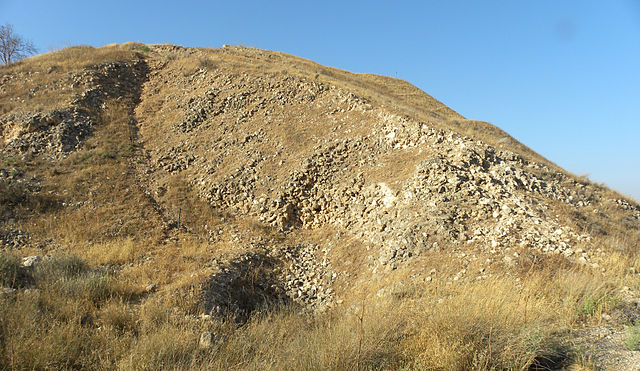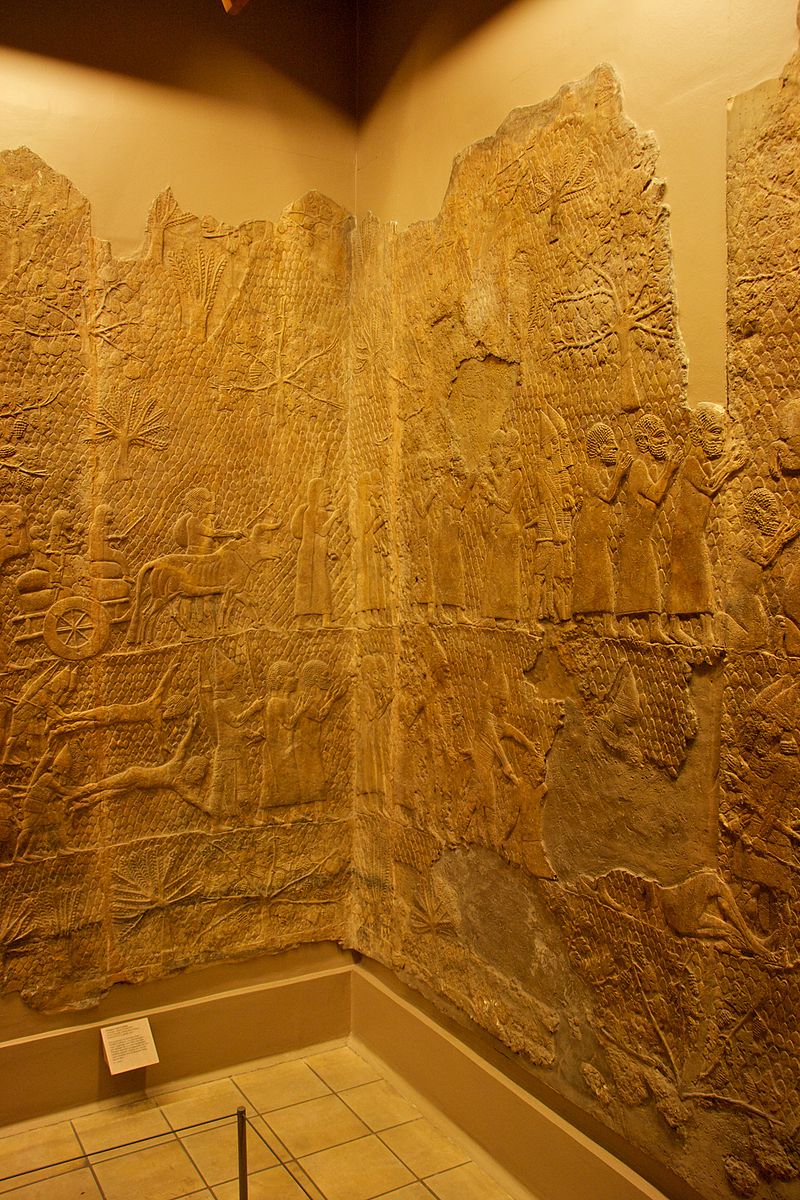|
There are few accounts that take place within the Bible that can be cross-referenced by other ancient cultures in such a way such as the Battle of Lachish. In the early 8th century BC Assyria with its king, Sennacherib, campaigned throughout the Levant (that ancient land strip from modern day Lebanon and Syria south all the way to Gaza and Sinai) on a mission to expand his empire and while collecting tribute. These events are well recorded in Sennacherib's annuls and in wall reliefs at his palace in Nineveh. For those that are familiar with their Old Testament Bible, they should recognize the name Sennacherib and Lachish in passages such as 2 Chronicles 32:9 and Isaiah 36:1-2. However, the event spoken of in the text and what is represented in reliefs and in the famous "Sennacherib Prism" speak of the same event, but it plays out much differently. In the Sennacherib Prism, also known as the Taylor Prism (one of them kept right here in Chicago at the Oriental Institute of Research Museum), reads: "As for the king of Judah, Hezekiah, who had not submitted to my authority, I besieged and captured forty-six of his fortified cities, along with many smaller towns, taken in battle with my battering rams. ... I took as plunder 200,150 people both small and great, male and female, along with a great number of animals including horses, mules, donkeys, camels, oxen, and sheep. As for Hezekiah, I shut him up like a caged bird in his royal city of Jerusalem. I then constructed a series of fortresses around him, and I did not allow anyone to come out of the city gates. His towns which I captured I gave to the kings of Ashdod, Ekron, and Gaza" (translation provided by Oriental Institute). It is intriguing how the two stories conflict considering the Biblical Text claims that the Assyrian army was unsuccessful in taking the city of Jerusalem. What is far more interesting is that in Sennacherib's palace wall reliefs, he is depicted taking the city of Lachish in 701 BC. However, there is no relief showing him conquering Jerusalem, which he even admits is "a royal city." Why does he focus on Lachish and not Jerusalem? A colleague from Andrews University, Bruno Barros, writes a publication for ASOR (American Schools of Oriental Research) this month that perhaps Sennacherib focuses on the victory of Lachish because he was perhaps, as the Bible accounts, unsuccessful in his assault on Jerusalem. Assyria was well known for its "psychological terrorism" by employing fear upon smaller nations, bullying them to pay tribute to their mighty empire. Much of this imagery is depicted of the Assyrian assaults show how brutal they were in warfare and in maintaining their empire. In the reliefs, one can see people impaled on large stakes, which was one of the fear-tactics that made Assyria infamous. Also, what appears to be a siege ramp for their "battering rams" is shown in the relief.
At Tell Lachish in Israel, remains of the Assyrian siege ramp are still present (see above). For a view of the Siege of Lachish, search "Lachish Reliefs" and online you will find pictures taken at British Museum where they are currently held (below). To see the Taylor Prism, do the same or visit the Oriental Institute museum at the University of Chicago, it's a free museum! Let me know what you think in the comments! -Talmadge
1 Comment
|
Archives
June 2021
Categories
All
|


 RSS Feed
RSS Feed